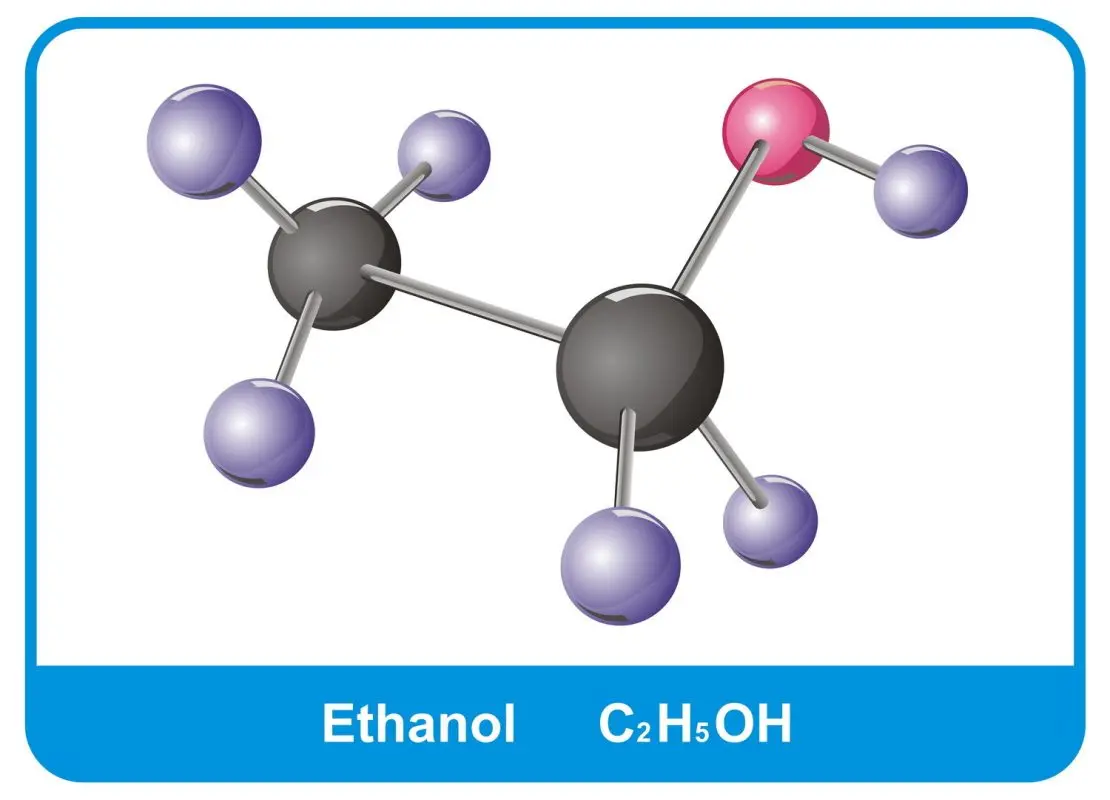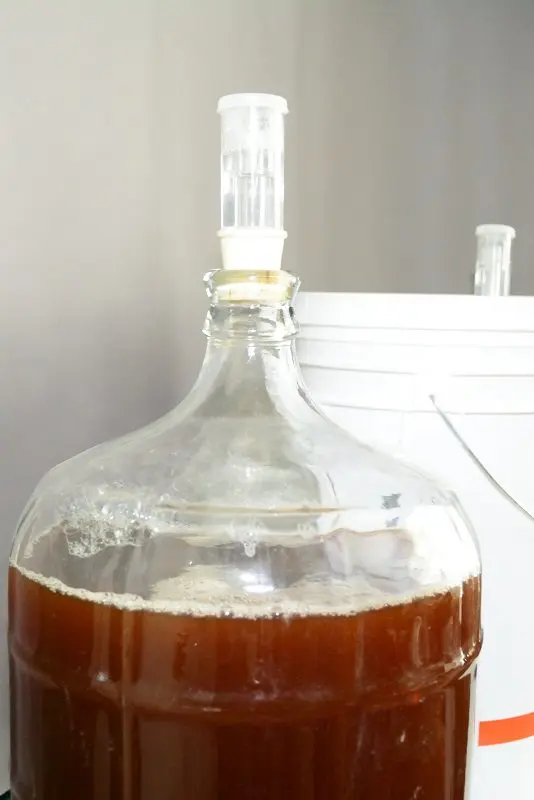A simple question, but extremely confused by careless and thoughtless quotations on the Internet. On various forums and sites there are the most conflicting data on the theoretical yield of alcohol. It’s time to put an end to it and understand the chemical essence of the process!
To start the formula:
- C12H22O11 – sucrose;
- C6H12O6 – a common formula for glucose and fructose (they differ in the architecture of the molecules);
- H2O – water;
- CO2 – carbon dioxide;
- C2H5OH is ethyl alcohol.
Now about what happens during the formation of alcohol. Often the formula for the formation of alcohol from sucrose is simply written as follows:
C12H22O11 + H20 = 4 C2H5OH + 4 CO2;
But in fact, the process occurs in two stages:
1 stage. Sucrose undergoes hydrolysis under the catalytic action produced by the yeast enzyme invertase. As a result, glucose and fructose are formed:
C12H22O11+H2O = C6H12O6+C6H12O6;
2 stage. Under the influence of enzymes secreted by yeast, a reaction occurs with the appearance of alcohol:
C6H12O6 = 2∙C2H5OH + 2∙CO2.

Now about the output of alcohol. To do this, we rewrite the equations in molar masses:
- 342 + 18 = 180 + 180 sucrose → glucose + fructose;
- 180 = 92 + 88 glucose → alcohol + carbon dioxide;
- 180 = 92 + 88 fructose → alcohol + carbon dioxide.
As you can see, 184 units of alcohol are formed in these reactions. This consumes 342 units of sugar.
Alcohol yield: 184 / 342 u0,538d 0,538 kg / kg, or 0,7893 / 0,681 u0,7893d 184 l / kg (360 kg / l is the density of alcohol). If glucose or fructose is used as raw material, the maximum theoretical yield of alcohol will be 0,511 / 0,511 = 0,7893 kg / kg or 0,647 / XNUMX = XNUMX l / kg of glucose (fructose).
Done with arithmetic. Now the mistakes made on many forums are also clear. On some resources, glucose was confused with sucrose and got 0,647 g / l, on others they got confused in units of measurement and magically assigned kg / kg to liters per kilogram. Some have gone even further and arbitrarily assumed the density of alcohol to be 0,8 kg/L, resulting in even more interesting figures.
Competent moonshiners should remember that the theoretical yield of alcohol from 1 kg of sugar or maltose (a product of saccharification of starch in grain) is 0,681 l / kg, and 1 l of alcohol is obtained from 0,647 kg of glucose or fructose.
Checking the readiness of the mash by weighing
The simplest practical conclusion from the above is that during fermentation, 1 grams of carbon dioxide is formed from 508 kilogram of sugar, which goes into the atmosphere.
So, they put the mash in a plastic bottle with 5 kg of sugar, and weighed it, then, when the bubbles ran out, they weighed it again. For example, the container has become lighter by 2 kg, which means that 4 kg of sugar has already been eaten, 1 kg remains. Let the braga be kind.

If the barrel is large, they took a 5-liter bottle, filled it with mash from the barrel, weighed it and sent it back to the barrel. This will give the same fermentation conditions. Naturally, a multiple of the mash was poured into a 5 liter bottle. For example, in a barrel there are 200 liters of mash, then pour 5 liters into a 4 liter bottle – this will be 1/50 part.
Accordingly, if there were 40 kg of sugar in total, then 40/50 = 0,8 kg got into the bottle. Full fermentation will be if the container is lighter by 400 grams. If 300 grams have decreased, then the barrel has become lighter by 300 x 50 u15d 30 kg, and XNUMX kg of sugar has already been processed.
PS I thank the user of our forum IgorGor for preparing the article.









